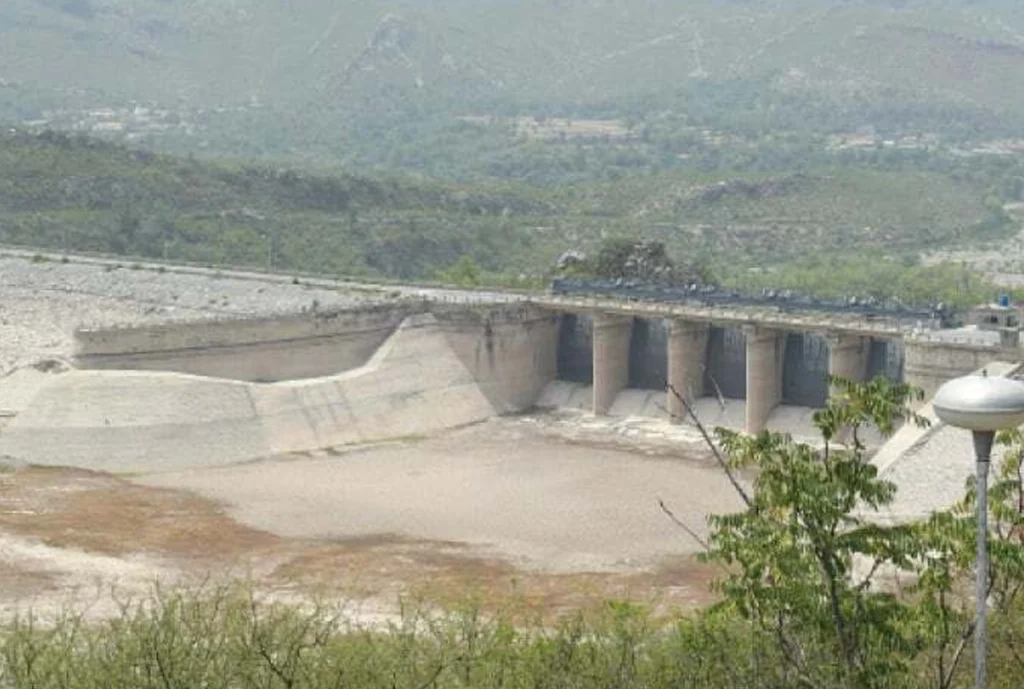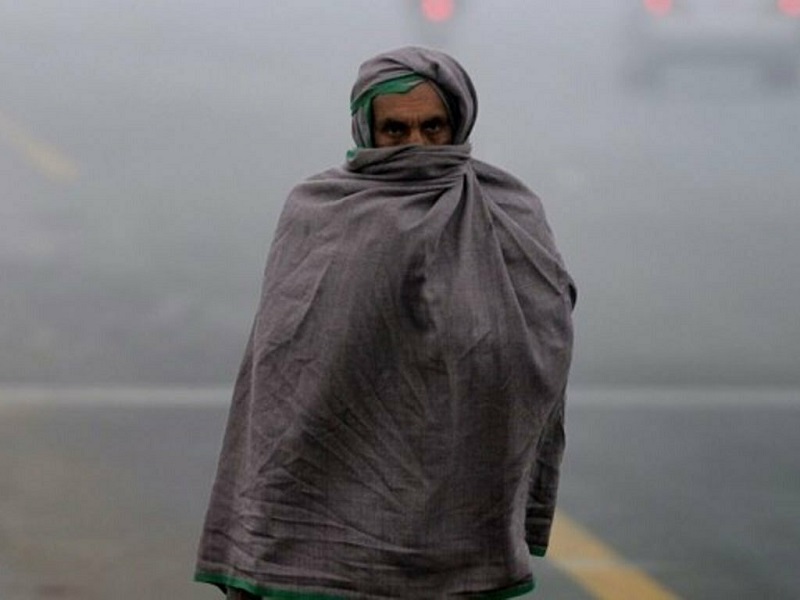- Web Desk
- 1 Hour ago
Khanpur Dam nears dead level, triggers alarming water crisis
-
- Web Desk
- Jun 19, 2025

HARIPUR: The once-majestic Khanpur Dam, a lifeline for irrigation and drinking water across parts of Khyber Pakhtunkhwa and Punjab, is now facing a severe water shortage, with only 9.67 feet of usable water remaining above the dead level.
According to officials, the dam’s water level has plummeted from 1982 feet to 1919 feet. This is dangerously close to the dead level of 1910 feet. The dam now holds just 25 days’ worth of usable water, prompting widespread concern among authorities, farmers, and residents alike.
As the situation worsens, the irrigation supply to Punjab and Khyber Pakhtunkhwa has already been halted, leading to dried-up canals and parched orchards around Khanpur. The Capital Development Authority (CDA) of Islamabad and Rawalpindi is currently receiving a reduced supply of 50 cusecs. Even this is expected to fall to zero if the inflow, currently at a meager 25 cusecs, does not increase.
The dam is currently releasing 103 cusecs of water, creating a net deficit that is rapidly depleting the already critically low reserves.
Water experts warn that if timely rains do not arrive, a dire drinking water shortage will engulf Rawalpindi and Islamabad, affecting millions. The dam, which supports both urban centers, is edging toward its dead level, beyond which no water can be extracted for human consumption or agriculture.
“This is not just an environmental concern. This is an emergency,” said a senior water management official.
The dwindling water has already begun to impact aquatic life in the dam. A prolonged shortage could disrupt the local ecosystem, severely affecting fish populations and biodiversity. Simultaneously, the agricultural economy of the Khanpur region is reeling, as fruit orchards and crops face irreparable damage from prolonged drought.
Tourism, another major economic driver in the area, is also under threat. While the recent Eidul Adha holidays saw more than 200,000 tourists and over 50,000 vehicles flock to Khanpur Dam, generating significant revenue through parking fees, locals fear this may be the last boom before a bust.
“With the dam looking more like a shrinking pond, there will be nothing to offer tourists soon. Families dependent on tourism for income will suffer greatly,” said a local boat operator, who also mentioned rumors that boats may soon be repurposed for water transport instead of recreational rides.
Environmental experts and civil society organizations are urging the government to treat the situation as a national emergency. Recommendations include immediate water rationing, halting non-essential usage, rainwater harvesting initiatives, and fast-tracking water conservation campaigns in urban areas.
Meanwhile, all eyes are on the skies. Without a break in the dry weather, Khanpur Dam’s rapid decline may trigger a full-blown water crisis in the capital region, one that could prove to be the most severe in recent memory.
Also read: Indus waters must not be weaponised, warns Bilawal





